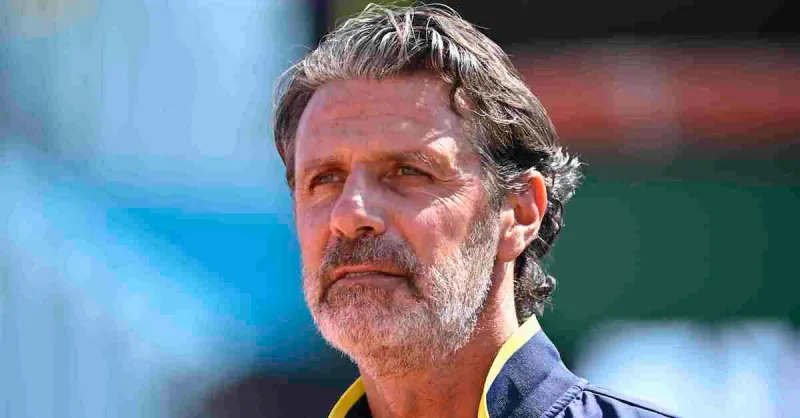Mouratoglou sparks controversy at Roland Garros: comments on women's tennis and current level

During Roland Garros 2025, renowned tennis coach Patrick Mouratoglou ignited a firestorm of debate with several controversial pronouncements made between June 4th and 8th across various media outlets. His remarks, focusing on the current state of men's and women's tennis, sparked a lively conversation about generational comparisons, the definition of a “star” athlete, and the media's portrayal of female players.
Mouratoglou's most provocative claim asserted that the current playing level of Jannik Sinner and Carlos Alcaraz surpasses that of the legendary “Big Three” – Roger Federer, Rafael Nadal, and Novak Djokovic – in their primes. This bold assertion immediately drew comparisons and counter-arguments, with many pointing to the longevity and overall dominance of the Big Three. Experts like former Wimbledon champion John McEnroe, while acknowledging the talent of Sinner and Alcaraz, emphasized the difficulty in objectively comparing eras due to differences in equipment, training methodologies, and the overall evolution of the game. Data on serve speeds, return percentages, and match statistics across eras could be further analyzed to support, or refute, Mouratoglou's claim.
His comments on women's tennis proved even more controversial. Mouratoglou declared a perceived lack of major stars in the women's game, a statement that drew swift and visible rebuttal from French player Alizé Cornet, especially considering the strong performance of fellow French player Loïs Boisson during the tournament. This sparked a fierce debate on social media, highlighting the complexities of subjective assessments of athletic talent and the often-fraught relationship between athletes and commentators. The immediate backlash underscores the sensitive nature of public pronouncements on talent and star power, particularly within a gendered context.
While acknowledging the rising talent of Coco Gauff, whom he termed a "small star," Mouratoglou suggested she could achieve the iconic status of Serena Williams if her winning streak continued. This statement raises crucial questions about the pressure placed on young athletes and the media's role in shaping public perceptions. The difference between potential and sustained achievement is significant, and premature declarations of future stardom can inadvertently put undue pressure on young players. Furthermore, the criteria for defining a “star” in tennis needs further examination: Is it solely based on Grand Slam victories, longevity, marketability, or a combination of factors?
Mouratoglou's remarks highlight the ongoing debate about comparing different tennis eras and the complexities of evaluating athletic talent. His statements also bring into focus the media's crucial role in shaping public narratives and the potential impact of these narratives on both male and female athletes. Future analysis could explore the impact of media coverage on the commercial viability and public perception of female players compared to their male counterparts. The enduring legacy of Mouratoglou’s comments lies not only in the immediate reactions but in the questions they raise about the evolving landscape of professional tennis and the critical need for nuanced discussions surrounding gender, athleticism, and stardom.
Related articles

NBA: Pacers Lead Finals After Thunder Win; Giannis Antetokounmpo Trade Rumors Swirl
Read more
Romain Bardet Retires from Professional Cycling After Critérium du Dauphiné
Read more